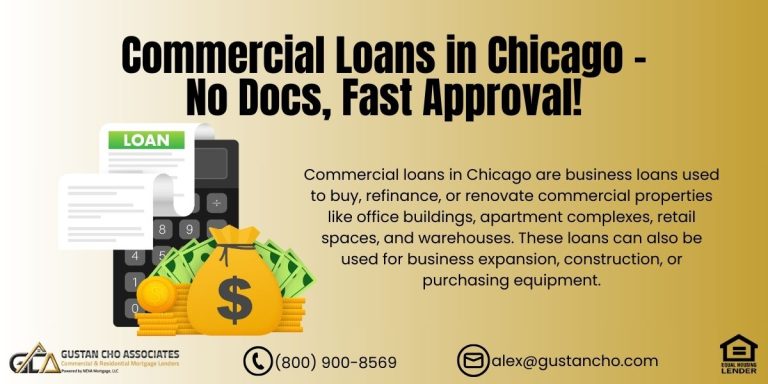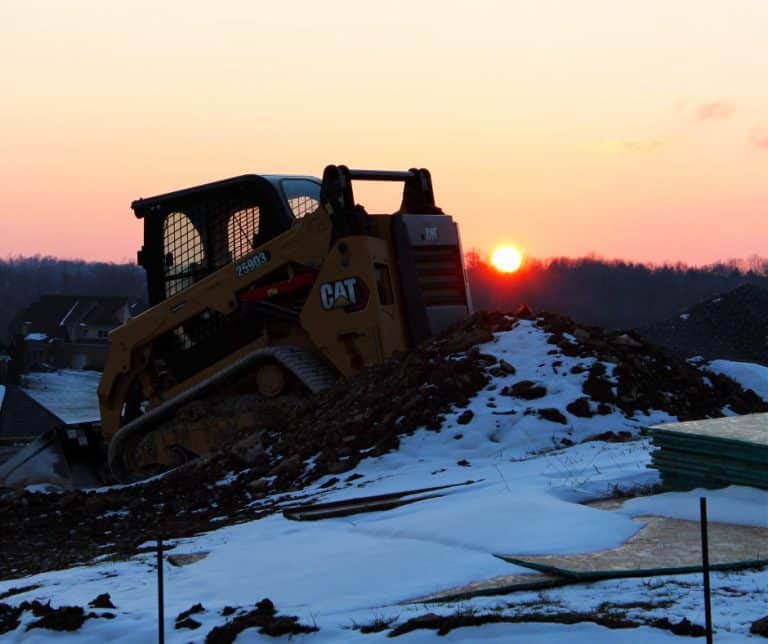Commercial Loans in Chicago – No Docs, Fast Approval!
Commercial Loans in Chicago: Get Approved Fast with Gustan Cho Associates Are you looking for commercial loans in Chicago but…
Call or Text: (800) 900-8569
Email Us: alex@gustancho.com

Commercial Loans in Chicago: Get Approved Fast with Gustan Cho Associates Are you looking for commercial loans in Chicago but…

This guide covers all about equipment financing. If you run a small or medium-sized business, you know how important it…